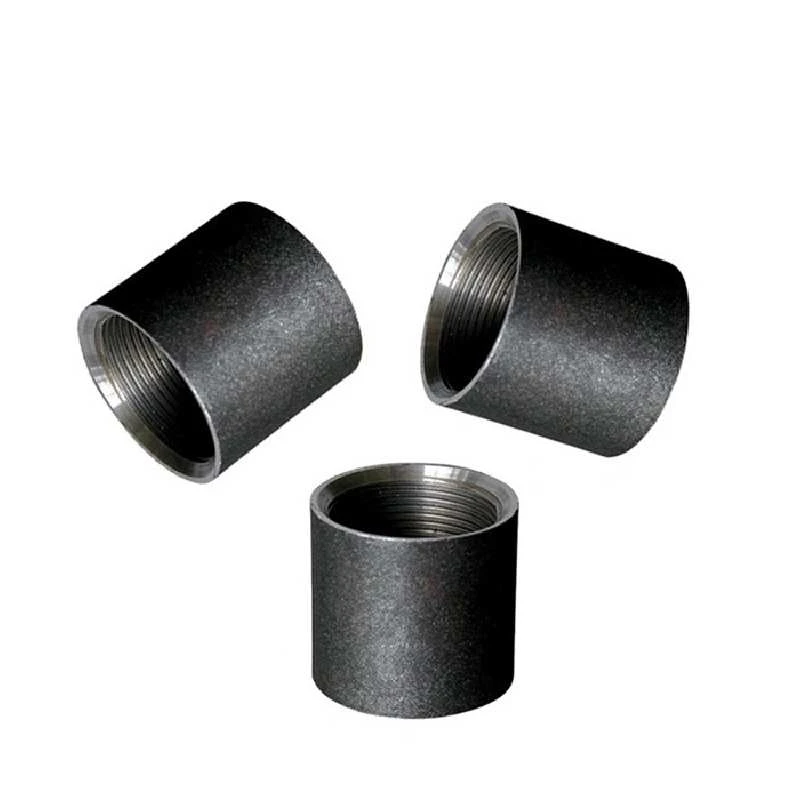-
Cangzhou Yulong Steel Co., Ltd.
-
Phone:
+86 13303177267 -
Email:
admin@ylsteelfittings.com
- English
- Arabic
- Italian
- Spanish
- Portuguese
- German
- kazakh
- Persian
- Greek
- French
- Russian
- Polish
- Thai
- Indonesian
- Vietnamese
- Zulu
- Korean
- Uzbek
- Hindi
- Serbian
- Malay
- Ukrainian
- Gujarati
- Haitian Creole
- hausa
- hawaiian
- Hebrew
- Miao
- Hungarian
- Icelandic
- igbo
- irish
- Japanese
- Javanese
- Kannada
- Khmer
- Rwandese
- Afrikaans
- Albanian
- Amharic
- Armenian
- Azerbaijani
- Basque
- Belarusian
- Bengali
- Bosnian
- Bulgarian
- Catalan
- Cebuano
- China
- China (Taiwan)
- Corsican
- Croatian
- Czech
- Danish
- Esperanto
- Estonian
- Finnish
- Frisian
- Galician
- Georgian
- Kurdish
- Kyrgyz
- Lao
- Latin
- Latvian
- Lithuanian
- Luxembourgish
- Macedonian
- Malgashi
- Malayalam
- Maltese
- Maori
- Marathi
- Mongolian
- Myanmar
- Nepali
- Norwegian
- Norwegian
- Occitan
- Pashto
- Dutch
- Punjabi
- Romanian
- Samoan
- Scottish Gaelic
- Sesotho
- Shona
- Sindhi
- Sinhala
- Slovak
- Slovenian
- Somali
- Sundanese
- Swahili
- Swedish
- Tagalog
- Tajik
- Tamil
- Tatar
- Telugu
- Turkish
- Turkmen
- Urdu
- Uighur
- Welsh
- Bantu
- Yiddish
- Yoruba

Oct . 02, 2024 11:06 Back to list
welded tee
Understanding Welded Tees Importance and Applications
Welded tees, commonly referred to as welded tee fittings, are essential components in piping systems. They are designed to connect pipes at a right angle, allowing for the efficient distribution of fluids and gases throughout various systems. The construction and installation of these tees are critical for ensuring the reliability and integrity of the entire piping network.
What is a Welded Tee?
A welded tee is a type of pipe fitting characterized by its “T” shape, consisting of a primary run and a secondary branch. The primary run constitutes the main pipeline, while the branch extends outward to connect with another pipe. These fittings are typically made from materials such as stainless steel, carbon steel, or other alloys, making them suitable for different applications based on temperature and pressure requirements.
Manufacturing Process
The manufacturing of welded tees involves several steps. Initially, the raw materials are cut into the necessary shapes and sizes. Next, these pieces undergo a welding process, where they are fused together to create a strong and durable connection. Various welding techniques can be employed, including TIG (Tungsten Inert Gas), MIG (Metal Inert Gas), and submerged arc welding, depending on the material and application. Once welded, the tees are subjected to rigorous quality control tests to ensure they meet industry standards for strength, durability, and pressure resistance.
Applications of Welded Tees
welded tee

Welded tees find extensive use across various industries, including oil and gas, water treatment, chemical processing, and construction. In the oil and gas sector, they serve as vital fittings for the transportation of hydrocarbons, connecting pipelines to various equipment such as pumps and compressors. In water treatment facilities, welded tees are used to distribute water efficiently, ensuring proper flow rates and pressure management. Additionally, in chemical processing, these fittings facilitate the safe and effective transfer of corrosive substances.
The durability of welded tees makes them particularly suitable for high-pressure and high-temperature applications. Unlike other types of fittings, such as threaded or socket-weld tees, welded tees provide a seamless connection that minimizes the risk of leaks and failures. This characteristic is crucial in maintaining system integrity and safety, especially in environments where pressure and temperature fluctuations are common.
Advantages of Welded Tees
The primary advantage of using welded tees lies in their strength and reliability. The welds create a strong bond that can withstand challenging conditions, reducing maintenance and replacement costs over time. Furthermore, welded tees are designed to provide smooth flow transitions, which helps in minimizing turbulence and pressure loss within the system.
In addition to their physical benefits, welded tees can also contribute to improved operational efficiency. By allowing for effective fluid distribution, they help systems run more smoothly and efficiently, optimizing overall performance.
Conclusion
In conclusion, welded tees are indispensable components of modern piping systems, offering a combination of strength, reliability, and efficiency. Their applications span a wide range of industries, underscoring their versatility and importance in ensuring the smooth operation of various processes. As industries continue to advance, the role of welded tees will remain significant, adapting to meet evolving demands while maintaining safety and performance standards.
Latest news
-
ANSI 150P SS304 SO FLANGE
NewsFeb.14,2025
-
ASTM A333GR6 STEEL PIPE
NewsJan.20,2025
-
ANSI B16.5 WELDING NECK FLANGE
NewsJan.15,2026
-
ANSI B16.5 SLIP-ON FLANGE
NewsApr.19,2024
-
SABS 1123 FLANGE
NewsJan.15,2025
-
DIN86044 PLATE FLANGE
NewsApr.19,2024
-
DIN2527 BLIND FLANGE
NewsApr.12,2024
-
JIS B2311 Butt-Welding Fittings LR/SR 45°/90° /180°Seamless/Weld
NewsApr.23,2024











